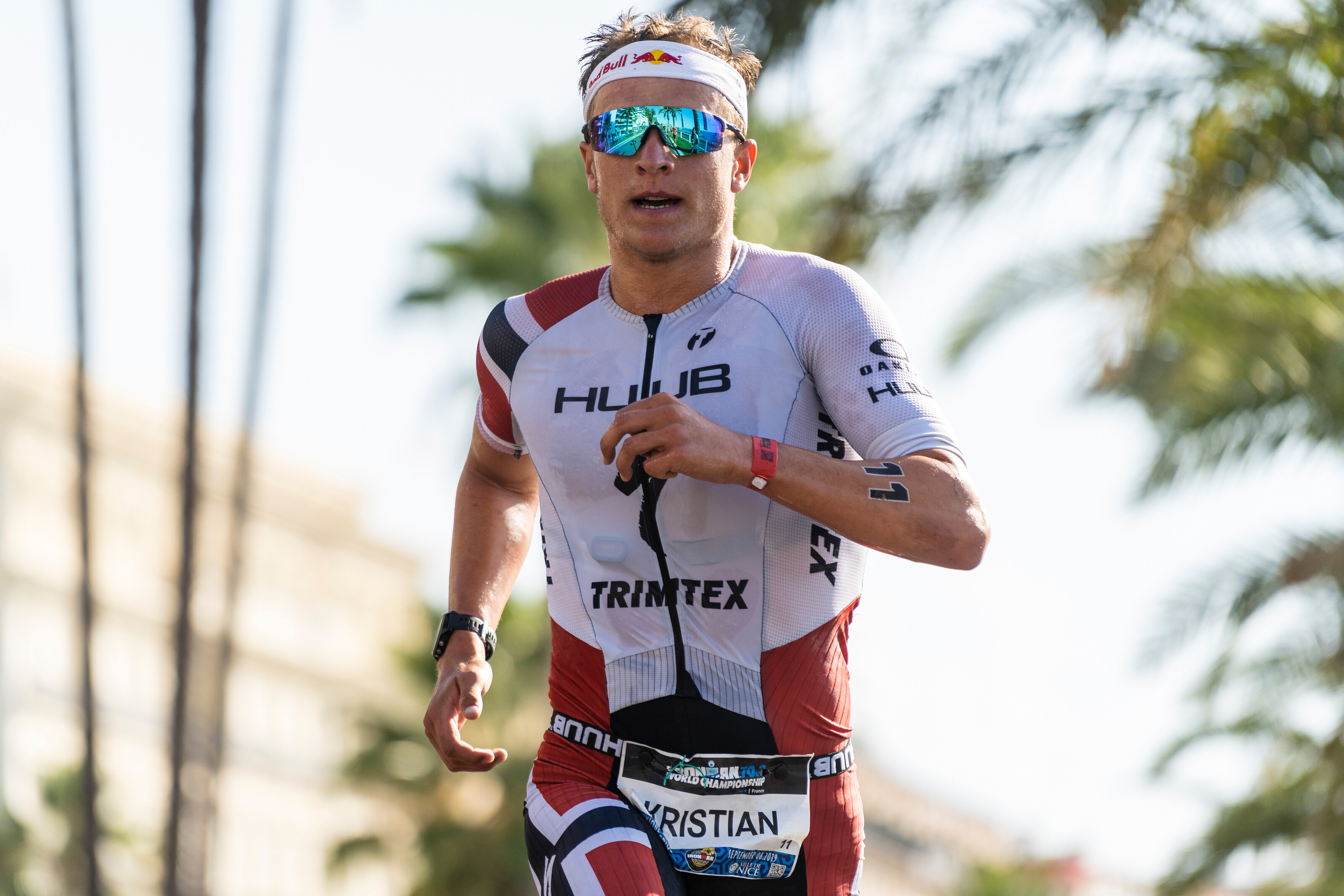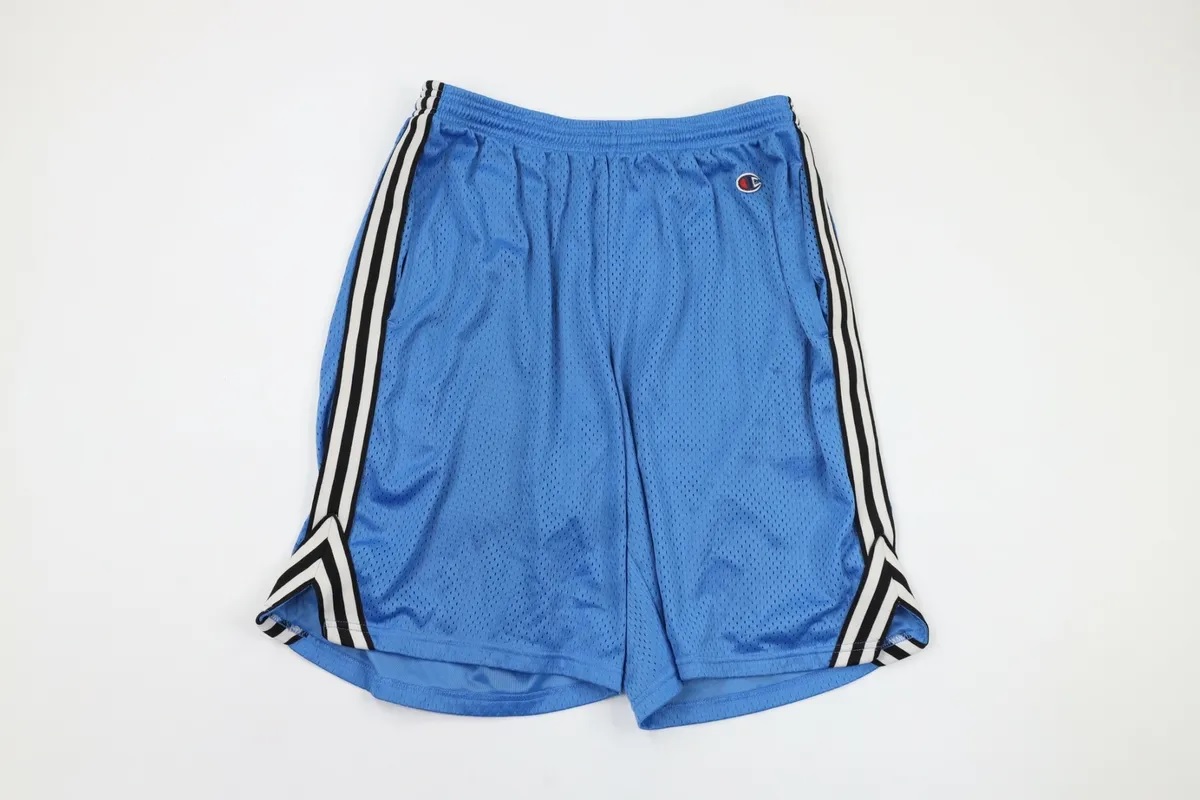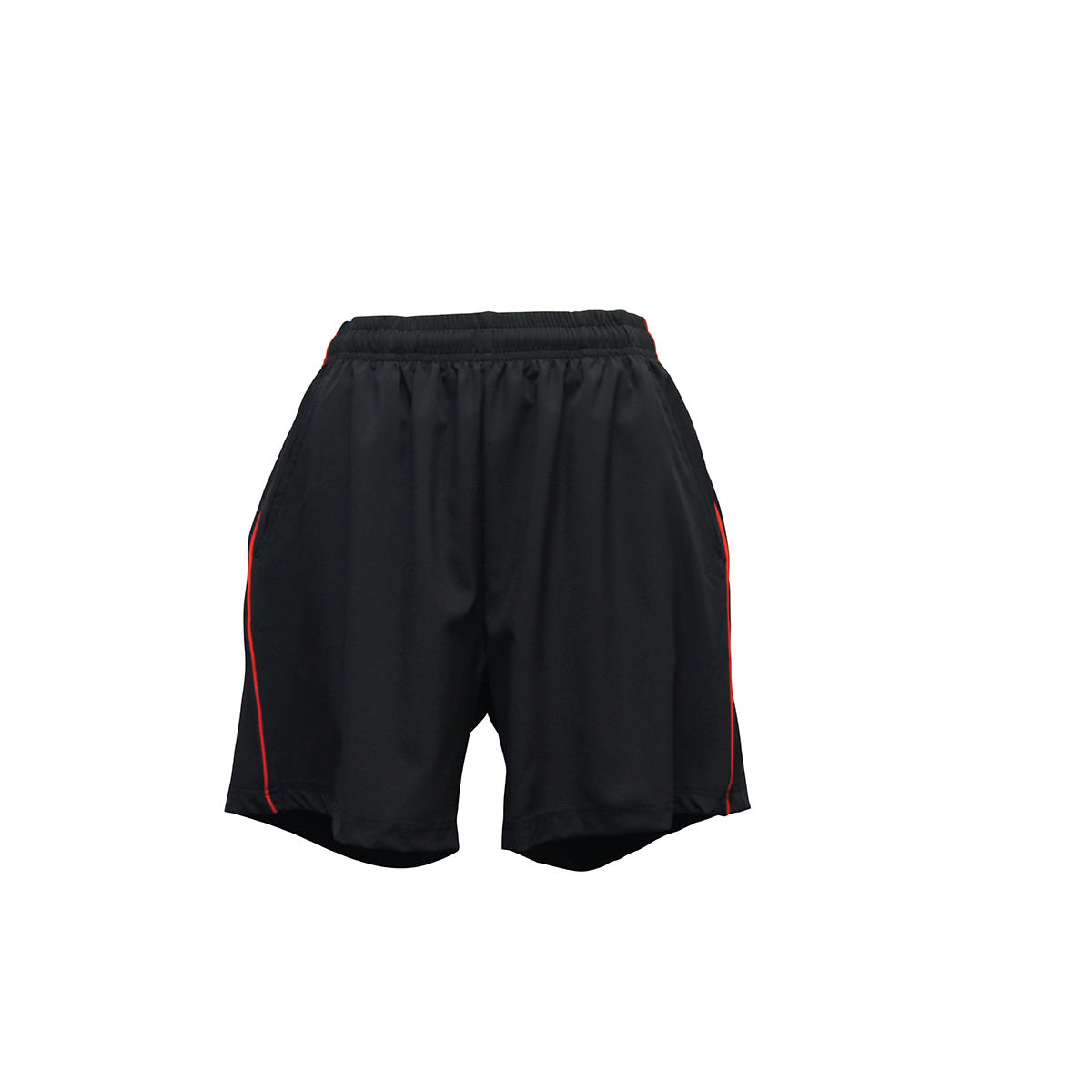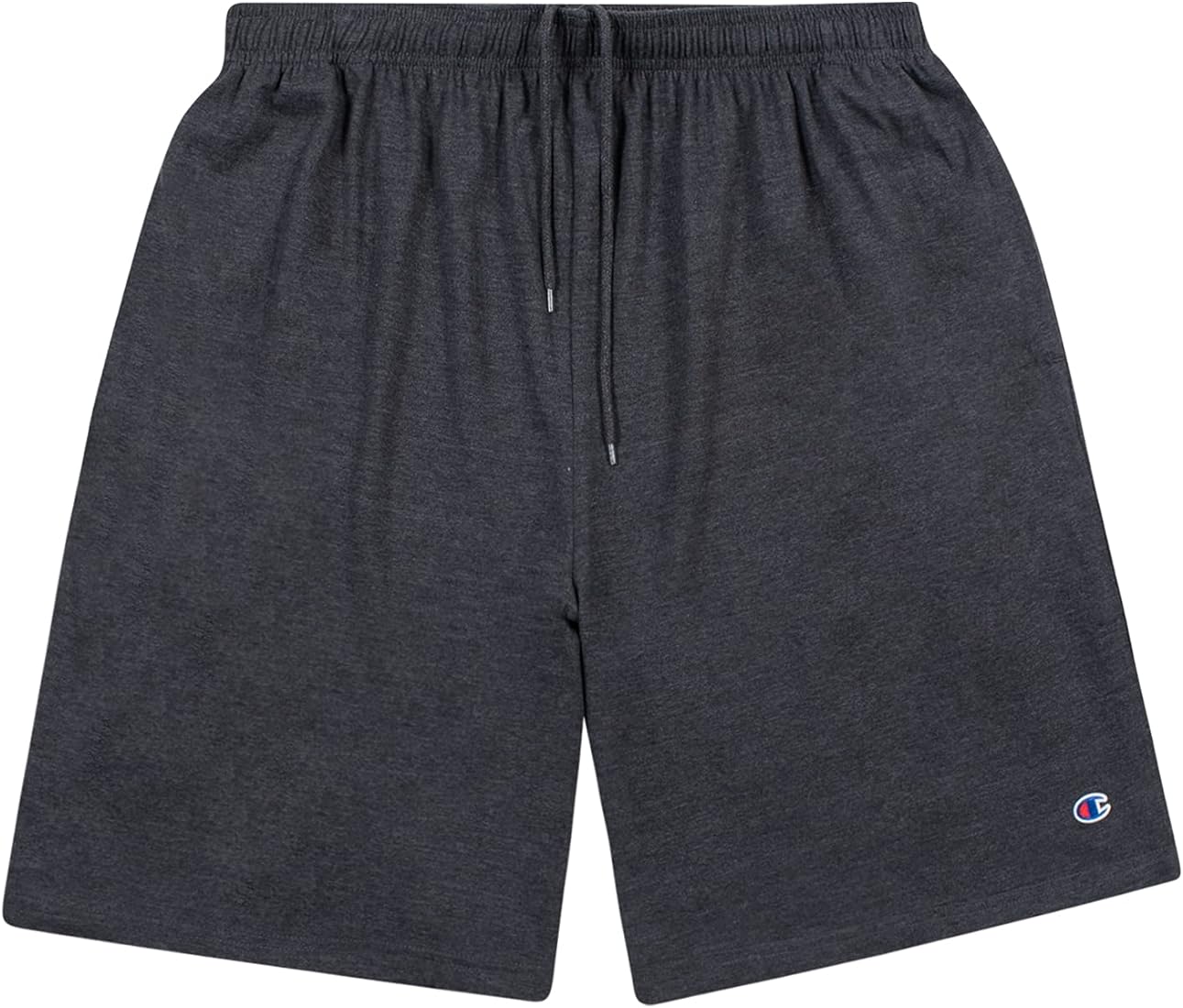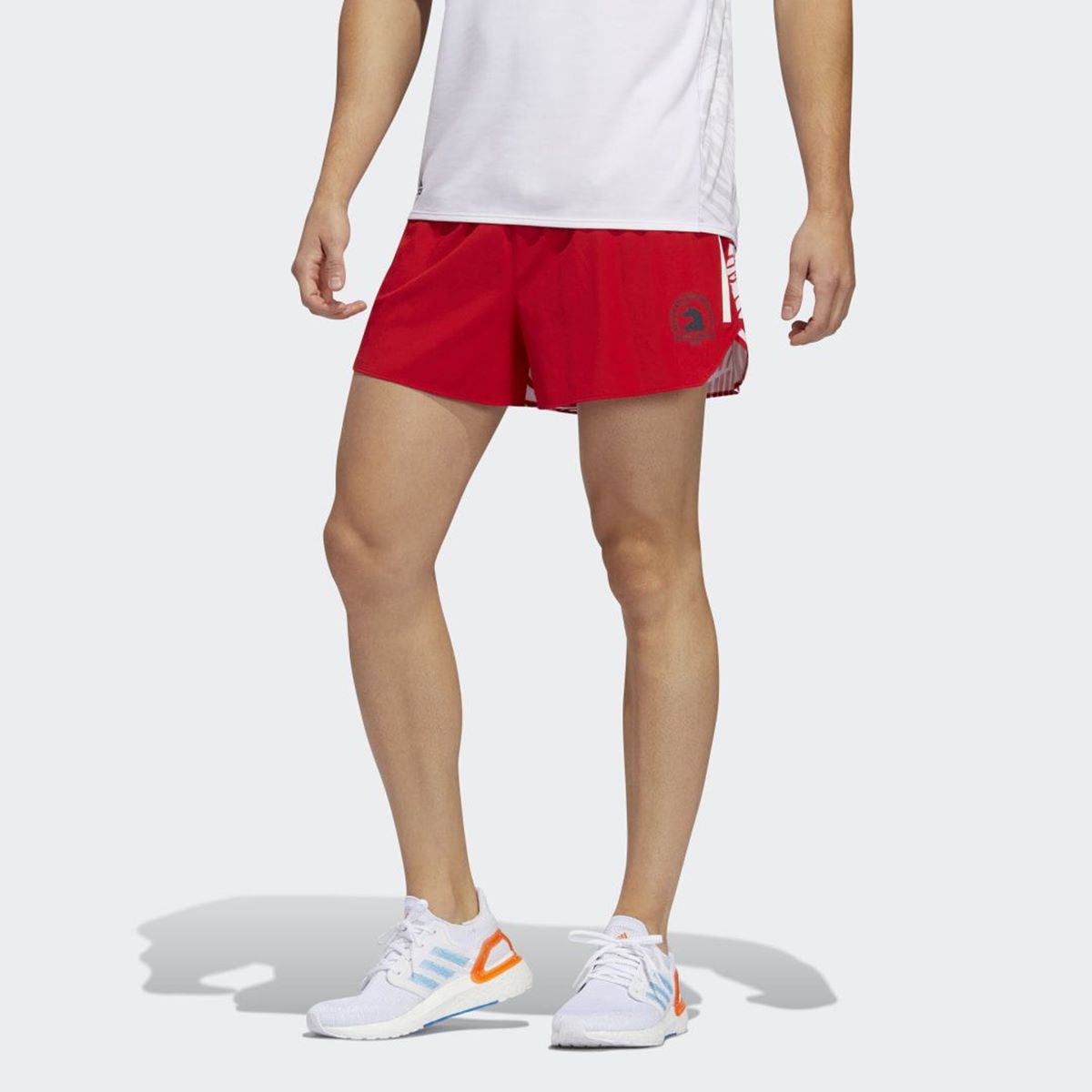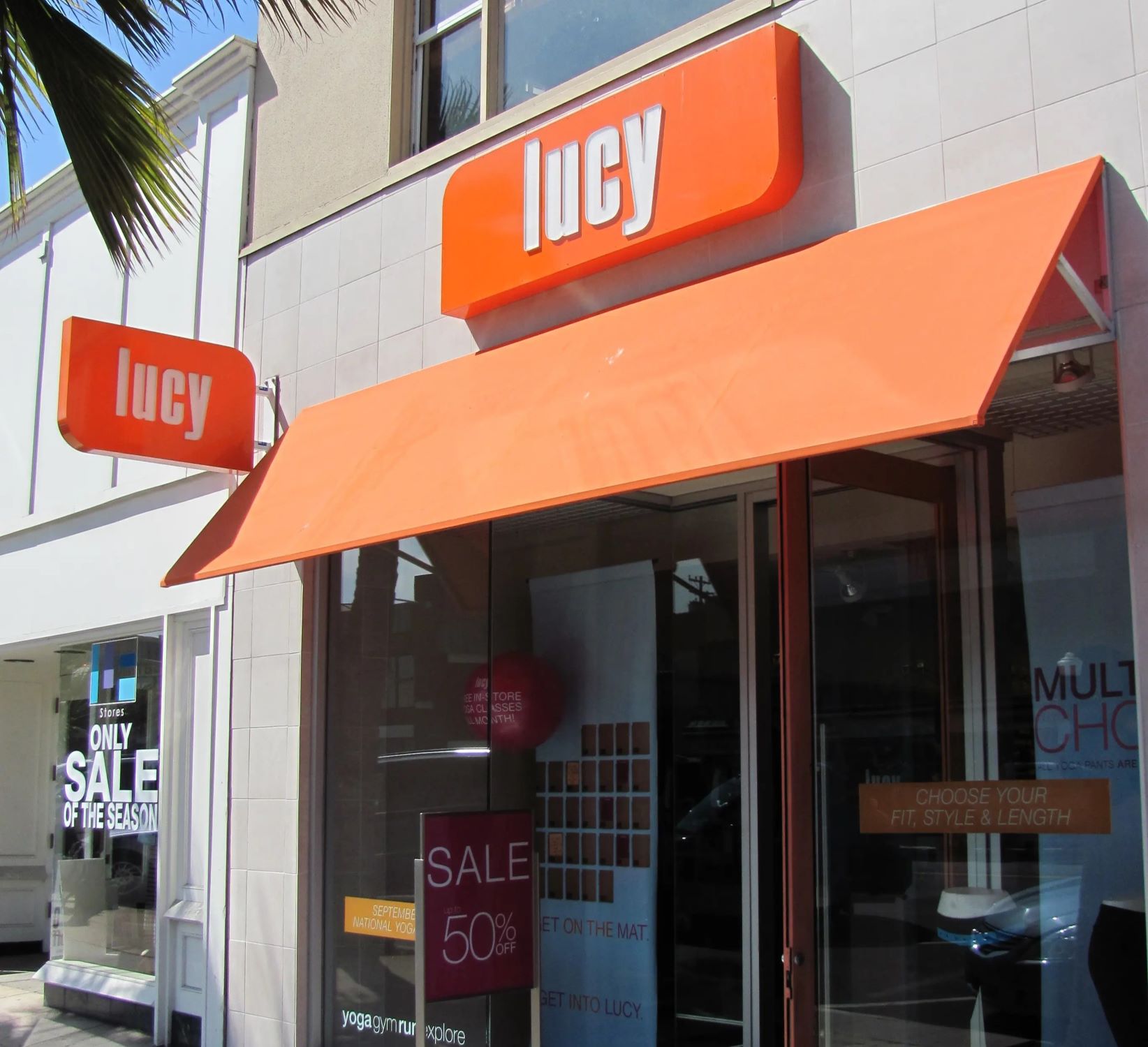

Brands
Who Bought Lucy Activewear
Published: August 12, 2023
Discover which brands bought Lucy Activewear and find out how their purchases have impacted the fitness apparel industry.
Introduction
Lucy Activewear, a popular women’s activewear brand, has recently been acquired by an undisclosed buyer, raising questions and sparking curiosity in the industry. The announcement of the acquisition came as a surprise to many, leaving both consumers and industry experts speculating about the motivations behind this strategic move. With Lucy Activewear being a well-established brand known for its high-quality and stylish athletic apparel, the acquisition has undoubtedly piqued the interest of both loyal customers and competitors alike.
Lucy Activewear has built a strong reputation over the years for its commitment to empowering women through comfortable and functional clothing designed specifically for active lifestyles. With a wide range of products including workout leggings, tops, sports bras, and outerwear, Lucy Activewear has been a go-to brand for many fitness enthusiasts and athleisure lovers. With a focus on blending fashion and functionality, Lucy Activewear has successfully carved out a niche in the market, catering to the needs and preferences of modern women.
The news of Lucy Activewear’s acquisition has sparked curiosity and speculation within the industry. Many are wondering who the buyer might be and what this means for the future of the brand. Amidst the anticipation, several potential buyers have been discussed, each with their own set of assumptions and rumors.
This article aims to unravel the mystery surrounding Lucy Activewear’s buyer, as well as explore the motivations behind the acquisition. By delving into the implications and future plans, we can gain insight into the direction the brand might take under new ownership. Let us dive deeper into the details and shed light on this intriguing acquisition.
Background on Lucy Activewear
Lucy Activewear was founded in 1999 with the vision of providing women with stylish and functional activewear options to support their active lifestyles. The brand quickly gained popularity for its high-quality, performance-driven clothing that seamlessly blends fashion and function. From yoga pants and workout tops to sports bras and outerwear, Lucy Activewear offers a wide range of products that cater to women of all ages and fitness levels.
What sets Lucy Activewear apart is its commitment to empowering women through clothing. The brand focuses on creating pieces that not only look good but also enhance performance and boost confidence. With a keen eye for detail and a dedication to using premium materials, Lucy Activewear has become synonymous with quality in the activewear industry.
Over the years, Lucy Activewear has established a loyal customer base and gained recognition for its inclusive sizing and body-positive messaging. The brand understands that every woman deserves to feel comfortable and confident in her own skin, regardless of shape or size. This commitment to inclusivity has resonated with customers, further solidifying Lucy Activewear’s position in the competitive activewear market.
In addition to its product offerings, Lucy Activewear has also fostered a strong online presence. The company’s e-commerce platform provides customers with a convenient and seamless shopping experience, while their social media channels serve as a hub for fitness inspiration, style tips, and uplifting messages. Through building an engaged online community, Lucy Activewear has successfully cultivated a sense of connection and authenticity with its customer base.
With a track record of success and a reputation for quality and inclusivity, Lucy Activewear has become a go-to brand for women seeking fashionable and functional activewear. This background sets the stage for the intrigue and anticipation surrounding the recent acquisition of Lucy Activewear by an undisclosed buyer.
Acquisition Announcement
The news of Lucy Activewear’s acquisition sent shockwaves through the industry, leaving both customers and competitors eager for more information. The official announcement, made by Lucy Activewear’s parent company, revealed that the brand had been acquired by an undisclosed buyer. The details surrounding the acquisition, such as the purchase price and specific terms, have not been disclosed, fueling speculation and curiosity.
Lucy Activewear’s loyal customer base was initially taken by surprise with the news. The brand has cultivated a strong following over the years, and many consumers felt a deep connection to the company’s mission and values. The acquisition prompted concerns about potential changes to product quality, design aesthetics, and the overall brand direction.
While the initial reaction to the acquisition was mixed, industry experts have weighed in on the potential benefits that may come from this strategic move. Many believe that the acquisition could open up new opportunities for Lucy Activewear, including increased distribution channels, expanded product lines, and enhanced marketing strategies.
The acquisition also raises questions about how this change in ownership will impact Lucy Activewear’s existing partnerships and collaborations. Lucy Activewear has previously collaborated with fitness influencers and designed exclusive collections, which have been well-received by consumers. It remains to be seen if these collaborations will continue or if the brand will explore new partnerships under the new ownership.
Overall, the announcement of the acquisition has created a sense of anticipation within the industry. Customers and stakeholders are eagerly waiting for further details about the buyer and their plans for the brand. The next section will delve into the rumors and speculations surrounding the potential buyers in order to shed light on this intriguing development.
Speculations and Rumors
Upon hearing the news of Lucy Activewear’s acquisition, the industry was abuzz with speculations and rumors about the potential buyer. While the identity of the buyer remains undisclosed, several theories have emerged, with each carrying its own set of assumptions and predictions.
One prevalent rumor suggests that a larger athleisure brand has acquired Lucy Activewear to strengthen its presence in the women’s activewear market. This speculation is based on the potential synergies between the two brands, as well as the desire to expand their customer base and product offerings. Given Lucy Activewear’s established reputation and loyal following, it is seen as an attractive acquisition target for a company looking to enhance its position in the industry.
Another theory that has been circulating is that a private equity firm has acquired Lucy Activewear with the intention of restructuring and revitalizing the brand. Private equity firms are known for investing in companies with growth potential and implementing strategic changes to drive profitability. This speculation suggests that the buyer may have recognized the untapped potential of Lucy Activewear and aims to maximize its value through operational improvements and market expansion.
Additionally, there have been murmurs that a celebrity or influential figure in the fitness industry has purchased Lucy Activewear. This rumor implies that the buyer may have a personal connection to the brand and intends to leverage their own influence and network to propel Lucy Activewear to new heights. This scenario could potentially lead to exciting collaborations, exclusive collections, and increased brand visibility.
It is important to note that these speculations and rumors should be taken with a grain of salt until the identity of the buyer and their intentions are officially confirmed. The next section will explore the process of identifying the buyer and shed light on the motivations behind the acquisition.
Potential Buyers
The acquisition of Lucy Activewear has led to widespread speculation about the potential buyers in the industry. While the identity of the buyer remains a closely guarded secret, there are several potential companies and individuals that have been discussed as potential acquirers.
One potential buyer that has been mentioned is a large athletic apparel brand looking to expand its reach in the women’s activewear market. With Lucy Activewear’s well-established reputation and loyal customer base, such a company may see the acquisition as an opportunity to diversify its product offerings and tap into a new customer segment. The buyer could leverage their existing distribution channels and resources to accelerate the growth of Lucy Activewear.
Another potential buyer could be a private equity firm specializing in consumer goods and fashion. Private equity firms are known for their ability to identify undervalued brands and unlock their potential through strategic investments and operational improvements. Acquiring Lucy Activewear would provide the firm with a strong platform to drive growth and enhance profitability, potentially through cost optimization, supply chain improvements, and marketing initiatives.
There is also the possibility of a celebrity or prominent figure in the fitness industry purchasing Lucy Activewear. This scenario would align with the trend of influential individuals entering the business world and leveraging their personal brand to drive success. Acquiring Lucy Activewear would not only provide the buyer with a ready-made platform but also allow them to further establish themselves as a force in the activewear market through exclusive collaborations and marketing opportunities.
It’s important to note that these potential buyers are purely speculative at this point, and the actual buyer could be a player that has not yet been considered or discussed. The motivations and strategies of the buyer will only become clear once their identity is revealed.
In the following section, we will explore the process of identifying the buyer and delve into the reasons that may have prompted this acquisition.
Identification of the Buyer
While the buyer of Lucy Activewear has not been officially disclosed, industry experts and analysts have been diligently trying to identify the potential acquirer. Various clues and hints have been analyzed to piece together the puzzle and deduce the identity of the buyer.
Firstly, attention has been drawn to potential strategic partnerships or collaborations that Lucy Activewear has established in recent months. By examining the brand’s past collaborations and exclusive collections, experts have speculated that the buyer could be a company or individual connected to these partnerships. This line of inquiry suggests that the buyer may have seen value in Lucy Activewear’s existing relationships and sought to leverage them for future growth.
Secondly, rumors within the industry have pointed towards certain companies that have shown interest in acquiring women’s activewear brands in the past. By examining the acquisition history and investment patterns of these companies, analysts have narrowed down the list of potential buyers. This line of investigation focuses on companies with a track record of entering strategic acquisitions to expand their market presence.
Furthermore, investors and financial analysts have been analyzing publicly available financial information of related companies to identify any significant changes or indicators that may suggest their involvement in the acquisition. By examining financial statements, stock market activity, and industry trends, these experts have attempted to draw connections between potential buyers and Lucy Activewear.
It is important to note that identifying the buyer is a complex task, often involving a combination of insider knowledge, industry expertise, and analysis of available information. The buyer’s identity will eventually be revealed in due time, but until then, speculation and sleuthing will continue.
In the next section, we will explore the potential motivations behind the acquisition and discuss the implications for Lucy Activewear’s future.
Reasons for the Acquisition
The acquisition of Lucy Activewear by an undisclosed buyer likely stemmed from a combination of strategic and financial motivations. While the exact reasons may only be fully known to the buyer, there are several potential factors that could have influenced their decision.
1. Market Expansion: Acquiring Lucy Activewear allows the buyer to enter or strengthen their presence in the women’s activewear market. Lucy Activewear has a loyal customer base and a strong reputation, providing the buyer with an established brand that can serve as a platform for growth in this competitive industry.
2. Diversification: For a larger parent company, the acquisition of Lucy Activewear could provide diversification of their product portfolio. By adding a women’s activewear brand to their existing lineup, the buyer can tap into a new customer segment and benefit from the growing demand for athletic apparel.
3. Brand Synergies: The buyer may have recognized synergies between their own brand and Lucy Activewear. Whether in terms of brand values, target demographics, or aesthetic appeal, the acquisition could offer opportunities to leverage these synergies and create a more powerful combined brand presence in the market.
4. Operational Efficiencies: The buyer may see potential for operational improvements within Lucy Activewear’s business. This could involve streamlining supply chains, optimizing production processes, or implementing cost-saving initiatives to enhance profitability. By integrating Lucy Activewear into their existing infrastructure, the buyer may be able to realize synergistic benefits and drive efficiencies.
5. Growth Potential: The buyer may have identified untapped growth potential in Lucy Activewear. They may believe that with the right resources, investments, and strategic direction, the brand can expand its market reach, develop new product lines, or enter new geographic markets. The acquisition could provide the necessary resources and expertise to unlock this growth potential.
It’s important to note that these reasons are speculative and the motivations behind the acquisition can vary depending on the specific buyer and their strategic goals. The true reasons for the acquisition will become clearer as the buyer’s identity is revealed and their plans for Lucy Activewear unfold.
In the following section, we will explore the implications of this acquisition and discuss potential future plans for Lucy Activewear under new ownership.
Implications and Future Plans
The acquisition of Lucy Activewear has significant implications for both the brand itself and the wider activewear industry. As the brand transitions to new ownership, several potential future plans and developments can be anticipated.
1. Expansion and Growth: Under new ownership, Lucy Activewear may have the opportunity to expand its product offerings, enter new markets, and explore new avenues for growth. The buyer’s resources and expertise can provide the necessary support to fuel the brand’s expansion plans and capitalize on emerging trends in the activewear industry.
2. Enhanced Marketing and Branding: The acquisition may lead to a renewed marketing and branding strategy for Lucy Activewear. The buyer may bring fresh perspectives and ideas to elevate the brand’s visibility and connect with a wider audience. This could involve innovative marketing campaigns, strategic partnerships, and savvy social media initiatives to strengthen Lucy Activewear’s position in the market.
3. Collaboration Opportunities: The new ownership may pave the way for exciting collaborations and partnerships for Lucy Activewear. Through leveraging the buyer’s connections and industry influence, the brand may have the chance to join forces with other prominent brands, influencers, or celebrities, leading to exclusive collections and heightened brand awareness.
4. Product Innovation: With access to additional resources, Lucy Activewear may focus on product innovation and technological advancements. The acquisition could spur the development of cutting-edge fabrics, technology-infused activewear, or sustainability-focused initiatives, aligning the brand with evolving consumer preferences and market trends.
5. Operational Improvements: The buyer’s expertise and operational capabilities may lead to operational improvements within Lucy Activewear. This could involve supply chain optimizations, inventory management enhancements, and cost-efficiency measures to drive profitability and enhance the overall customer experience.
It is important to note that while these implications and future plans hold potential for growth and success, there may also be inherent uncertainties and challenges in the transitional period. Maintaining brand loyalty, managing internal adjustments, and effectively balancing core values with new strategic directions will be essential for Lucy Activewear under new ownership.
As the industry eagerly awaits the unveiling of the buyer and their strategic plans, it will be interesting to see how Lucy Activewear evolves and continues to empower women through stylish and functional activewear.
Conclusion
The acquisition of Lucy Activewear by an undisclosed buyer has created a buzz within the activewear industry. While the identity of the buyer remains a mystery, speculations and rumors have provided insights into the potential motivations and implications behind this strategic move.
Lucy Activewear, known for its commitment to providing women with stylish and functional activewear, has built a strong reputation over the years. With its loyal customer base and inclusive messaging, the brand has carved out a niche in the market. The acquisition raises questions about how the buyer’s vision and resources will shape the future of Lucy Activewear.
Potential buyers include larger athletic apparel brands looking to strengthen their presence in the women’s activewear market, private equity firms seeking to maximize the brand’s potential through operational improvements, or influential individuals in the fitness industry looking to leverage their own networks and brand power.
The reasons behind the acquisition could range from market expansion and brand synergies to diversification and growth potential. Identifying the buyer has been the subject of speculation and analysis, which has relied on examining partnerships, financial information, and industry patterns.
The implications of the acquisition include potential expansion, enhanced marketing, collaboration opportunities, product innovation, and operational improvements for Lucy Activewear. The brand may evolve under new ownership, capitalizing on the buyer’s resources and expertise to solidify its position in the activewear industry.
As Lucy Activewear embarks on a new chapter, navigating the transitional period and balancing its core values with new strategic directions will be crucial. The industry eagerly awaits the unveiling of the buyer’s identity and their plans for the brand.
In summary, the acquisition of Lucy Activewear is an exciting development that has sparked curiosity and anticipation. The implications for the brand and the industry as a whole are significant, and only time will reveal the true impact of this strategic move.

